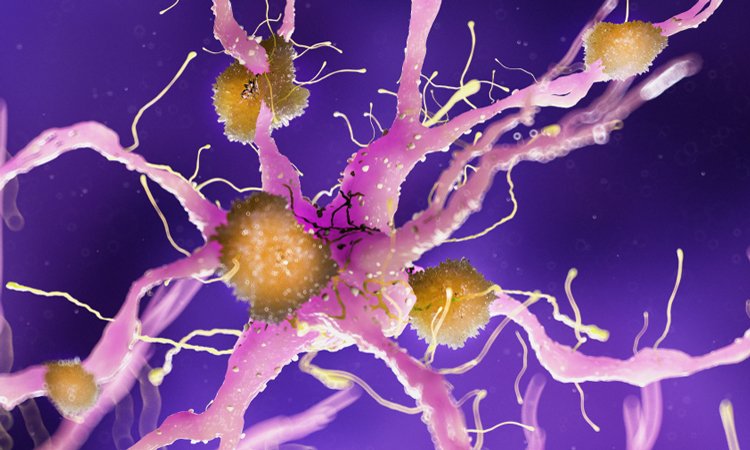YAP protein identified as new target for Alzheimer’s disease
Posted: 14 February 2020 | Victoria Rees (Drug Target Review) | No comments yet
Researchers have discovered that neuronal necrosis occurs in Alzheimer’s earlier than previously though and revealed the YAP protein as a potential target.


A new study has revealed that neuronal necrosis occurs much earlier in Alzheimer’s disease progression than originally thought and also uncovers a novel target for future treatment strategies in the form of the YAP protein.
The research, conducted at Tokyo Medical and Dental University, Japan, investigated the changes that occur between mild cognitive impairment (MCI) and Alzheimer’s. Now, the team conclude that preventing the pathological changes in the brain at the MCI stage could eliminate Alzheimer’s disease altogether.
By directly injecting a gene therapy vector expressing YAP analogue… the researchers were able to prevent early-stage neuron loss”
“Neuronal death is obviously very important in the development of Alzheimer’s, but is notoriously difficult to detect in real time because dying cells cannot be stained using chemical or immunohistological methods,” said lead author of the study Hikari Tanaka. “Because of this, we used a new biomarker called pSer46-MARCKS to detect degenerative neurites surrounding dying neurons, allowing us to quantify levels of necrosis, a prototype of neuronal death, at different stages of disease.”
The scientists found that neuronal death occurred much earlier than originally thought, with higher levels of necrosis seen in patients with MCI than in patients with developed Alzheimer’s disease.
They observed a significant decrease in the levels of a protein known as YAP in Alzheimer’s disease model mice and human patients with MCI. YAP positively affects the activity of a second protein called TEAD, a deficiency of which leads to neuronal necrosis. Microscopic examination revealed that the missing YAP was sequestered within β-amyloid plaques, which have also been linked to neuronal toxicity.
By directly injecting a gene therapy vector expressing YAP analogue into the cerebral spinal fluid of mice that were genetically engineered to provide a model of Alzheimer’s, the researchers were able to prevent early-stage neuron loss, restore cognitive function and prevent the development of β-amyloid plaques.
“Confirming that neuronal necrosis was dependent on YAP was really the pivotal moment for us, but observing the almost transformative effects of YAP supplementation was hugely exciting,” said senior author of the study Professor Hitoshi Okazawa. “By showing that neuronal necrosis is YAP-dependent and begins prior to the onset of most symptoms, we predict that novel Alzheimer’s disease therapies will be developed to prevent the initiation of Alzheimer’s disease.”
“Another important issue is that the necrosis of neurons accumulating intracellular β-amyloid occurs before formation of β-amyloid plaques,” continued Okazawa. “Residual β-amyloid after neuronal necrosis seems to be the seed for β-amyloid plaques outside of neurons. This discovery might change the amyloid hypothesis considering that extracellular β-amyloid plaque is the top of pathological cascade of Alzheimer’s disease.”
The study was published in Nature Communications.
Related topics
Neurons, Neurosciences, Research & Development, Targets
Related conditions
Alzheimer's
Related organisations
Tokyo Medical and Dental University
Related people
Hikari Tanaka, Professor Hitoshi Okazawa



